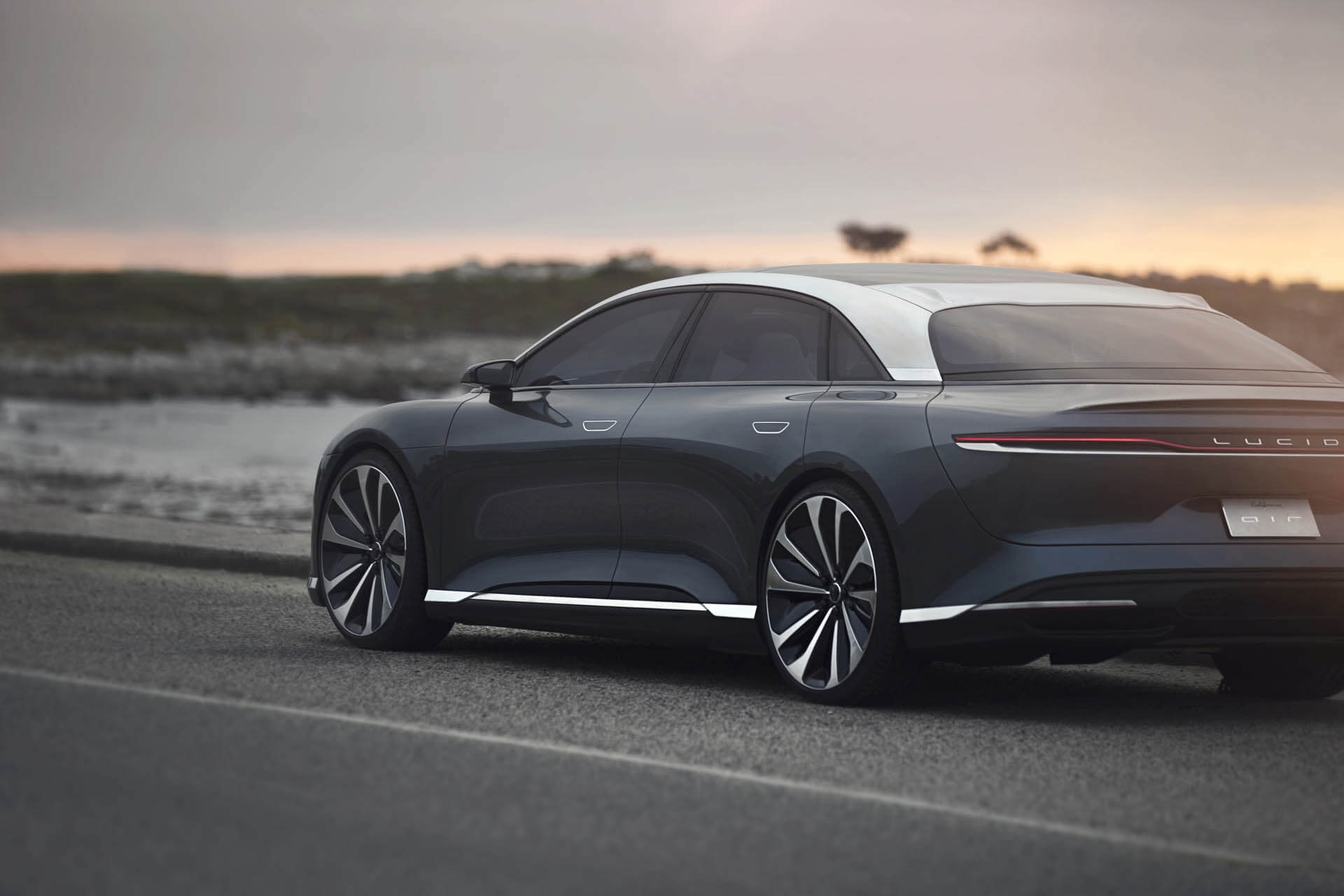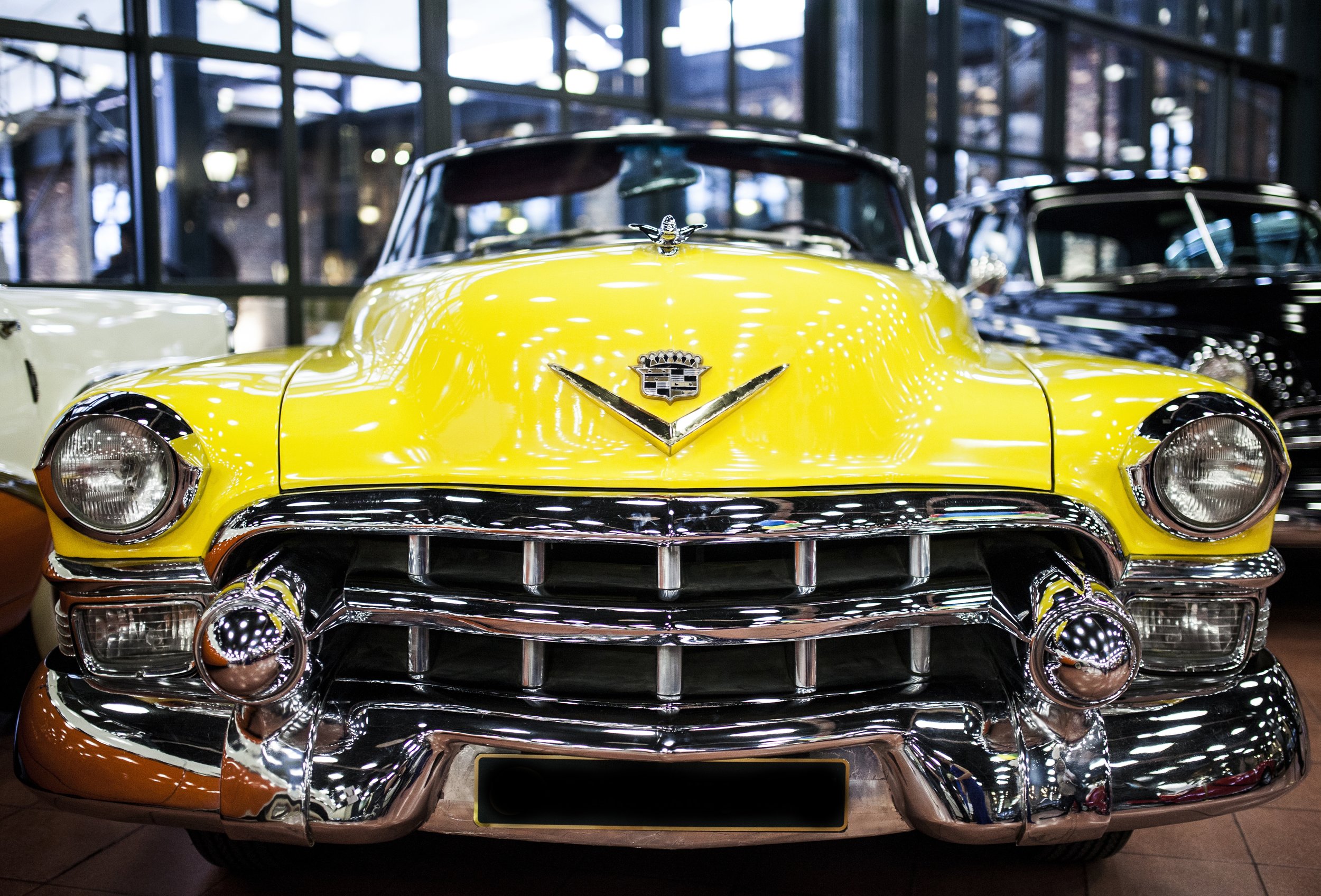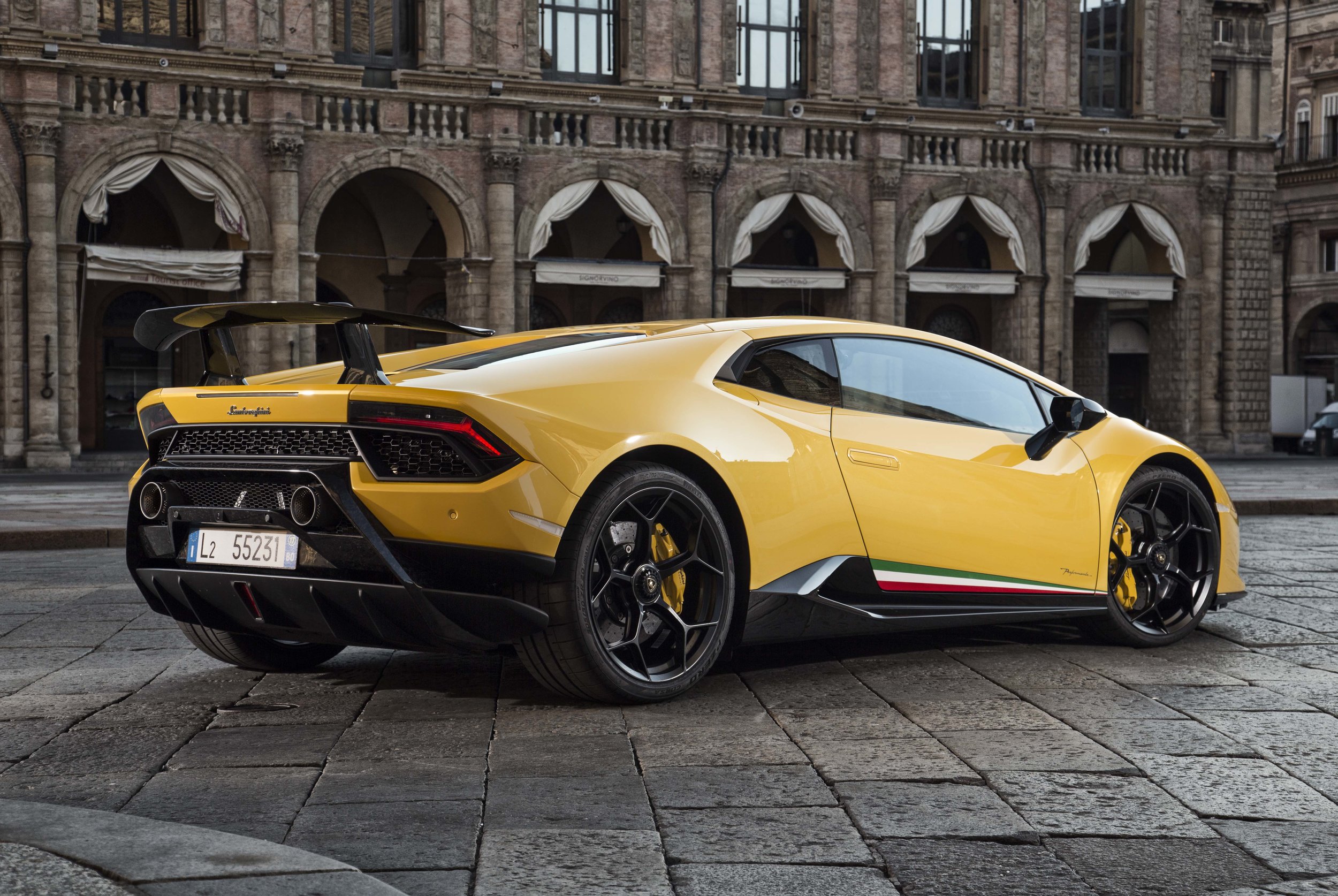Tesla to Stay Public, Crazy
Changing your mind isn’t inherently a problem, in fact I do it all the time. Whether it’s where to go to dinner, if I think I can get away with buying a new camera or what home project to tackle next, when I change my mind, it’s mostly innocuous, but the same cannot be said for Elon Musk. This week, he changed his mind, roughly three weeks after floating the idea of taking Tesla private using money he had not secured, despite a tweet indicating so. His public reasons for reversal include giving up too much control to large investors, losing too many small investors who believed in the company and becoming a distraction to the company while it strives to meet production goals. Well, a little too late on that last one, but the others I guess make sense.
It came out this week that the Saudi Public Investment Fund, which Musk cited as being the source of his secured funding, may have wanted Tesla to start producing cars in Saudi Arabia, which Musk objected to. Instead then, they’re going to dump some cash on Tesla competitor Lucid Motors, going quickly from friend to foe for Elon. The Norwegian sovereign wealth fund, another source of potential funding, dropped a sick burn this week indicating that they had no intention of investing in Tesla because, “we want to be invested in companies that make money.” Damn, Norway, you ice cold.
Coming out and saying “well, just kidding,” however, doesn’t get Elon off the hook from the SEC investigation that launched in the wake of his tweet that sent the company’s stock into chaos. Which makes it all a pretty bad time for Tesla’s communications chief to quit, which she has. It’s allegedly been planned for a while now, which I could understand because Elon has been tweeting for a while and, as a communications professional, I would find it incredibly frustrating to have my efforts continually undermined by my boss’s incessant unapproved social media activity.
On top of all of this, investment bank UBS published the details of their tear-down of a Model 3, which concluded that, for every $35,000 model Tesla sells, they will be losing almost $6,000. Bearing in mind that that base model car isn’t being produced yet because the company is focusing on more profitable models, it’s unclear how UBS came to this conclusion, but the rest of their report wasn’t exactly glowing either. They found the car scored below average on fit and finish quality and stated the car would be very difficult to work on if something went wrong because of part inaccessibility.
Finally, according to documents obtained by Business Insider, during the last week in June when Tesla built 5,000 Model 3s, only 14 percent of the cars made it off the line without a problem that needed fixing afterwards. That means that Tesla had to rework 4,300 of those 5,000 cars to get them in shape enough to deliver to buyers. Compared with an industry average of 20-35% rework, an 85% rework rate is absolutely unsustainable for a company still yet to turn a profit. The only positive here is that the company spent only an average of 37 minutes making the necessary fixes to each car, but do the math with me here: 37 minutes times 4,300 cars is 2,651 hours of extra work. That’s 110.5 DAYS, meaning 3.7 people had to work every hour of every day of June just to fix the problems in the cars coming off the line. I’m sure Elon would agree that those 3.7 employees’ time could be put to better use, even if, as the company stated in a reply to the documents, Model 3 labor hours have decreased 30% since last quarter. Maybe increase those just a bit and see if you can make more than 700 complete cars?
Ride Sharing Takes Another Hit
A survey of 1,250 consumers by Cox Automotive this week found that the cost of owning or leasing a vehicle was becoming too high and fully 57% of respondents said they didn’t think they needed to own a vehicle to get where they wanted to go anymore. Vice President of Research at Cox Isabelle Helms said that they are predicting a 40% reduction in consumer vehicle sales as people start to use ride sharing, ride hailing and rental services more often, highlighting the need for fleet-owned vehicles. Survey respondents highlighted Uber and Lyft as propelling the movement away from private vehicle ownership and ride hailing even in suburbia was up 21% compared with 2015, being up in cities 18%.
And everybody is feeling the effects of ride sharing. Whether you’re in New York, whose City Council voted to cap the number of ride share drivers, or in Seattle, where the local Department of Transportation found that an additional 94 million miles were driven on local roads last year because of ride sharing services. Whereas the most common refrain is that ride hailing services encourage people to drive less, they are actually making traffic worse, compelling people who might otherwise walk, stay home or take public transit to instead clog the street with a driver who has to come get them, drive them somewhere, then come back, get them and drop them off later.
And if you think we’ve reached “peak car” and that ride sharing and hailing services are going to take over, please allow AAA to change your mind with their recent study that found that replacing your car with those services is a tremendously bad idea. According to the survey, the average urban person drives about 11,000 miles per year, and using a ride hailing service to cover that distance would cost urbanites more than $20,000 annually on average. In expensive cities like Boston, that rises to around $27,500, or more than the cost of buying my GTI outright. The survey found that even if you owned a gas-guzzling pickup and covered the same distance, you’d spend just $7,321, or almost a third of what you’d spend on Uber. Even factoring in parking only adds around $2,700 to the annual cost of ownership. The caveat here is that people without a car might not always go out or travel as much or may not use Uber or Lyft for each journey. But you’d have to sacrifice a lot of trips in order to break even with what a car costs to own and run. Put more simply, always drive.
Dealerships in Dire Shape for New Hires
The Wall Street Journal reported this week that car dealerships are having a tough time finding people in their 20s and 30s who want to work long shifts and on the weekends to haggle with people to try to get a sales commission. According to the article, “Many millennials say car dealers have an outdated approach to selling that doesn’t always fit their values, even if the jobs have the potential to pay well.” People of my generation also want more stable pay, rather than commissions because of student debt. They cite the bait-and-switch advertising and confrontational haggling as reasons to quit, which a staggering number of them are doing. While nearly 60% of dealership hires are millennials, more than half of them quit within a year. It’s so bad that Nissan reported a 100% turnover rate at its dealerships last year. While that doesn’t mean everyone quit their job, it does mean that multiple people quit the same job within the same year to make up for those old “company men” who wouldn’t leave and just want to know what they can do to get you into the car of your dreams today. Guess what? It isn’t a versa of Murano, Cliff. Sorry.
Used Car Prices Defy Economics, Keep Rising
You may recall earlier this year I advised on waiting to buy a used car because there was a glut of vehicles hitting the market and that huge supply was going to mean some tremendous steals to be had, especially on slow-selling sedans. Well, maybe there’s a reason this podcast isn’t your #1 source for solid consumer advice. Turns out, whereas used vehicle prices usually peak in March and April, 2018 is proving to be a different beast, with used car prices actually increasing this summer, and there are a variety of reasons for this. First, consumers are scared of tariffs increasing the prices of new cars, so they’re shopping used instead. Second, incentives for new cars are flat, so buyers aren’t finding too many good deals there, so they’re resorting to used cars, driving up demand. Also, since the great recession meant so few cars sold from 2008 to 2011, there aren’t many cars from those years available on the used market, meaning most used cars for sale are newer, and thus commanding a higher price. This is actually producing a historic difference, with July’s Used Vehicle Value Index ending at its highest point ever, up 1.5% over June and a full 5% over July 2017. So you want more consumer advice? Just panic. Cause a pure, unadulterated panic because Trade Wars are hard to win and easy to lose.
Auto Average Age Advances in America
In keeping with the news that cars are getting more expensive is a study by the Energy Information Administration that found that owners are now hanging onto their cars longer than ever before. In fact, the average age of “in-use” vehicles last year climbed to 10.5 years, up from 9.3 years in 2009. The increase in age actually took place across all vehicle categories too, with pickups seeing the highest increase, from an average age of 11.2 years in 2009 to 13.6 years as of last year. Also correlating with this is the fact that consumers are now spending more on vehicle repairs and maintenance, since it’s often cheaper to keep a used car running than it is to pay for a new one. What doesn’t help is that these old cars are much less fuel efficient than newer vehicles, also costing owners more.
Survey Says Fuel Economy Matters
To that point, a survey by Autolist of 1,132 current car shoppers found that 41% of respondents disagreed with Donald Trump’s proposal to freeze fuel economy standards, with a further 30% being on the fence about it. Half of respondents also wanted California to retain its authority to set its own emissions standards. So despite the current trend toward SUVs and trucks, apparently people like the idea of fuel economy, but maybe it’s just not for them.
Keep a Cool Head While Riding
The news that I’m planning on selling my motorcycle won’t be new to any long-time listeners, but part of the reason I’m selling is because this time of year is the absolute worst to get out and have a hot engine between your legs. I’m one of those “all the gear, all the time” guys who doesn’t care to have my skin peeled off by the road surface if something goes wrong, which means I’m wearing Kevlar jeans and body armor, which gets really, really hot when it’s 90 degrees, sunny and humid out. Well for whiny people like me, a company called Feher has come along and just unveiled their new ACH-1, which they call the world’s first self-contained air-conditioned motorcycle helmet. It’s a full-face model that actually plugs into the battery on your bike via a long cord that you can snake down your jacket or via a battery pack. It uses the same sort of tech that car makers use to make cooled seats, delivering filtered, cooled air throughout the helmet without somehow giving you brain freeze. The company says it can keep your head 10-15 degrees cooler than the ambient air temperature, which is pretty significant. Comfort doesn’t come cheap though, and at $600, a moderately cooler skull is not going to persuade me to keep my Triumph.
Missing Mustang Found After Fifty Years
Way back in 1967, Ford built a Mustang Shelby GT500 EXP prototype to serve as the model for the 1968 Mustang California Special. This one-off prototype was the only GT500 hardtop coupe ever built by Shelby and factory-equipped with dual quad carburetors. The car, nicknamed “Little Red,” was mysteriously lost after production and only resurfaced this week in North Texas after being missing for 50 years. Intrepid researchers managed to track down the car using its Ford VIN rather than the Shelby serial number and found the current owner, who had kept it on a lot for 20 years. Now the guys who want to restore the car want to piece together the rest of the car’s history and just how it managed to go missing for so long. They’ve even started a website, shelbyprototypecoupes.com to help crowd source information, so if you happen to know anything, go contribute.
Automotive Bounty Hunters, Your Time is Now
In other lost car news, a vintage car dealer is claiming that his customized 1955 Mercedes-Benz 300SL Gullwing was stolen from a parking lot near the Nürburgring recently, and it’s worth more than $1.9 million. The dealer isn’t just sitting around, he’s offering almost $300,000 in reward money to motivate people to go out and find the car for him. This could include the thief, who could make a cool $300,000 just by saying they found it somewhere along the Autobahn. Unfortunately, this thing has probably already been chopped and parted out because we can’t have nice things in this world.
VW Shoots for the Stars, Hits Hail
If you’ve watched any documentary about World War II, you’ll probably know that Hitler was a pretty innovative guy and was constantly looking for crazy new ways to kill lots of people. One of these things the Nazis looked into was weather control, which, along with many other things, didn’t really pan out for them. Here we are, 80 or so years later and Volkswagen are at it again, trying to control the weather around their plant in Puebla, Mexico. The company has been using anti-hail cannons that fire off loud shockwaves that theoretically break up hail stones before they can form, which would prevent the cars leaving the factory from getting damaged. Now, there’s absolutely no evidence to support that these things actually do anything more than just make obnoxious booming sounds whenever there are clouds, but that hasn’t stopped neighboring farms from suing Volkswagen, claiming that the cannons are stopping rain from reaching their fields. Either fed up with the lawsuit or with the fact that these things are bogus and useless, VW has stopped using them to protect their precious Jettas. Here’s an idea, it sounds like you’re getting a lot of sun; install some solar panels over the parking lots to protect the cars and generate some extra power for the plant. That one is free, but I usually charge by the idea.
Asshats Arrested in Bay Bridge Burnout Bust
Good things to do in San Francisco include riding the trolley, eating some sourdough bread, visiting Lombard Street and buying a sweatshirt because you didn’t think someplace could be so incredibly cold in the summertime. Bad things to do include getting your buddies to shut down traffic on the Bay Bridge so you and your homies could rip some burnouts and donuts on the closed highway. For inconsiderately wasting a ton of people’s time on Sunday morning last week, one man in a white Mustang (of course) was arrested while another Mustang driver and a MkIII Supra driver miraculously got away. How? Oh, maybe because they were blocking traffic preventing cops from getting to them? What’s more curious is how the Mustang driver managed to get caught. How long do you have to be doing donuts on a closed highway in a major city before the cops show up?
Authored by
Devlin Riggs

































